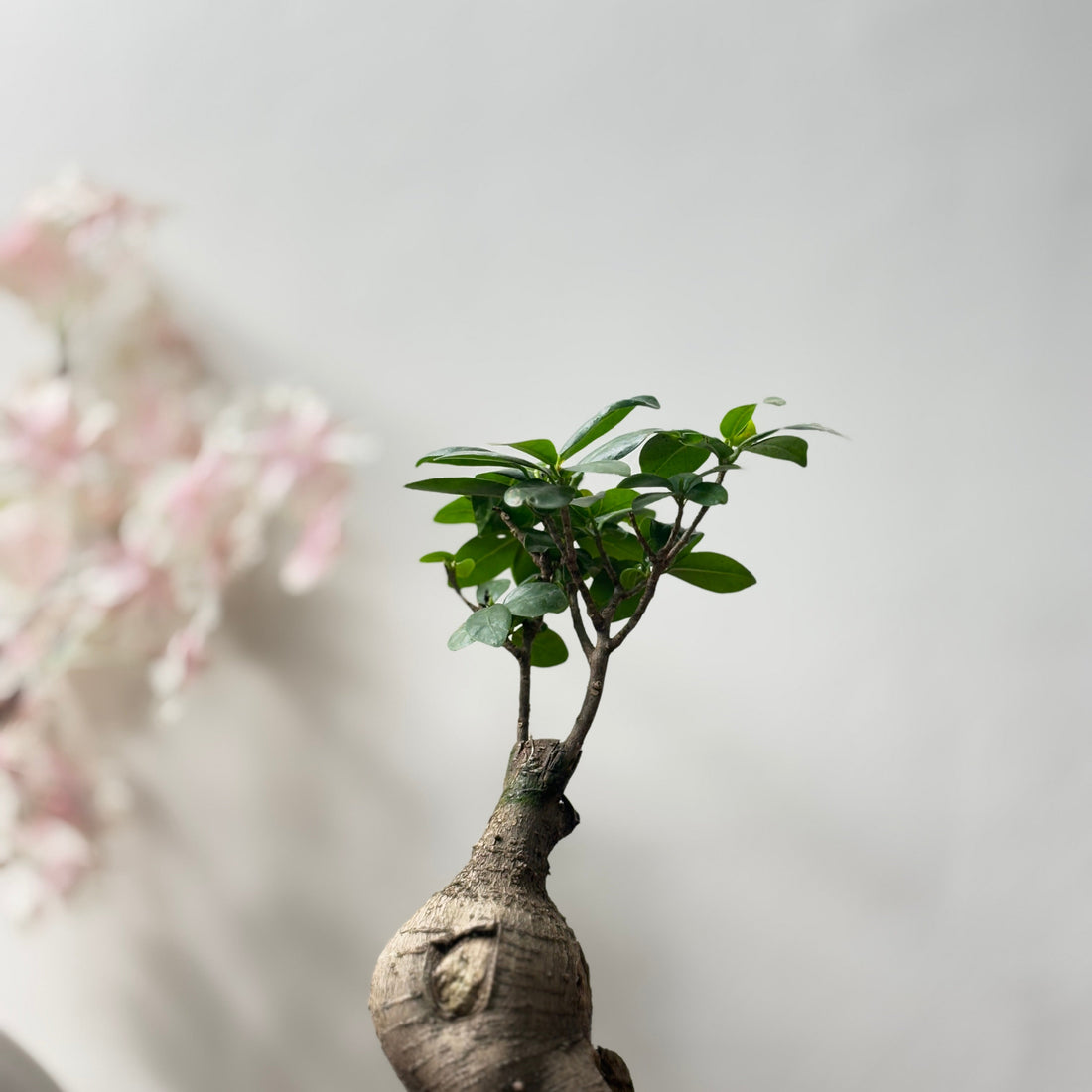Introduction
Plants within the house are becoming a must-have for home design since they add green and clean the air. But not every house gets a lot of sunlight, which could make it challenging to grow healthy plants. But don't worry! You may still enjoy the benefits of indoor plants even when it's dark. This advice can help you produce attractive houseplants even when there isn't much light. It offers tips, plant selections, and expert advice to help you with your indoor gardening.
People sometimes think that indoor plants need a lot of sunlight, but the truth is that many plants can survive well in less-than-ideal illumination. There are many indoor plants that will perform well in low light, whether you live in an apartment with little natural light or work in an office that doesn't get much daylight. This article will help you understand what "low light" actually means, recommend the best indoor plants for these conditions, and give you useful advice on how to care for and maintain them.
Understanding Low Light Conditions
Before you go into growing indoor plants in low light, it's vital to first grasp what "low light" actually means. In most homes, there are regions that receive little to no natural sunlight, such as nooks distant from windows, rooms on the other side of the house from the sun, or spaces behind heavy curtains.
Low light is frequently characterized as an area that receives indirect or filtered sunshine for less than four hours a day. It’s distinct from brilliant indirect light, when the plant receives filtered sunlight for much of the day.
Key characteristics of low light conditions include:
-
Light levels below 200 foot-candles (a unit of measurement for light).
-
Limited exposure to direct sunlight, typically from small windows or shaded areas.
-
Rooms that lack windows or face north, where sunlight is less direct.
Plants grown in these conditions don't get all the different kinds of sunshine they would if they were in bright, direct light. You need to choose plants that can handle these conditions because they can't photosynthesize and grow quickly. Some plants have adapted to grow well in the shady parts of woods or under the canopy, which makes them great for places with little light.
Best Indoor Plants for Low Light
When picking plants for places with limited light, it's important to pick ones that naturally do well in the shade. Many indoor plants can handle these conditions, so they are great for homes, businesses, and apartments where there isn't a lot of natural light.
1. Snake Plant (Sansevieria trifasciata)
-
Light Requirements: Tolerates low light; can even survive in near darkness.
-
Care Tips: Water sparingly, as it’s drought-tolerant. Ensure the pot has proper drainage.
-
Why it’s Ideal for Low Light: The snake plant is one of the best indoor plants for low light since it can grow well in a wide range of lighting conditions.
2. ZZ Plant (Zamioculcas zamiifolia)
-
Light Requirements: Prefers indirect, low light.
-
Care Tips: Water occasionally. It’s quite drought-resistant and can go weeks without water.
-
Why it’s Ideal for Low Light: The ZZ plant is from East Africa and thrives in the shade, so it's great for places indoors that are dark.
3. Pothos (Epipremnum aureum)
-
Light Requirements: Thrives in low light but grows faster in brighter conditions.
-
Care Tips: Water every 1-2 weeks. Allow the soil to dry between waterings.
-
Why it’s Ideal for Low Light: Pothos is a vine that doesn't need a lot of light to thrive and is very easy to take care of.
4. Peace Lily (Spathiphyllum)
-
Light Requirements: Grows in low to moderate indirect light.
-
Care Tips: Keep the soil consistently moist but not waterlogged.
-
Why it’s Ideal for Low Light: Pothos is a vine that doesn't need a lot of light to thrive and is very easy to take care of.
5. Spider Plant (Chlorophytum comosum)
-
Light Requirements: Tolerates a wide range of lighting conditions, including low light.
-
Care Tips: Water regularly but allow the soil to dry out between waterings.
-
Why it’s Ideal for Low Light: Spider plants are adaptable and can grow in low light while still making bright green leaves.
6. Cast-iron Plant (Aspidistra elatior)
-
Light Requirements: Thrives in low to moderate light.
-
Care Tips: Water when the soil is dry. It’s highly tolerant of neglect.
-
Why it’s Ideal for Low Light: As the name suggests, cast iron plants are very tough and can live in practically any interior space.
Tips for Caring for Indoor Plants in Low Light
If you want to take care of indoor plants in low light, you'll need to change how you usually do it. Because these plants don't get a lot of natural light, it's important to pay attention to their individual needs to keep them healthy and alive.
1. Watering
-
Less Frequent Watering: Plants that don't get a lot of light usually don't need to be watered as often as those that do. A typical concern for indoor plants is root rot, which can happen if you water them too much.
-
Water When Dry: Before watering, always inspect the soil to see how wet it is. Put your finger approximately an inch into the soil. If it feels dry, it's time to water. Wait a couple more days if it's still wet.
2. Fertilizing
-
Feed Sparingly: Plants that grow inside and don't get much light don't need to be fertilized very often. Too much fertilizer might hurt the roots and make it harder for the plant to take up water.
-
Use a Balanced Fertilizer: Pick a balanced liquid fertilizer that is half as strong and use it once every two months throughout the growing season (spring and summer).
3. Cleaning the Leaves
-
Dust the Leaves: Dust can obstruct light and make it harder for the plant to make food through photosynthesis. To maintain the leaves clean and free of dust, wipe them down with a moist cloth every few weeks.
4. Avoid Direct Sunlight
-
Filtered Light Is Key: Direct sunlight can burn the leaves of plants that can handle low light, therefore they should stay out of it. If you put them by a window, make sure they are safe from the intense noon light.
5. Repotting
-
Repot When Necessary: Plants don't grow as quickly in low light, so you might not have to repot them as often. When the plant gets too big for its pot or the dirt is too hard, repot it.
Common Mistakes and How to Avoid Them
Taking care of houseplants can be hard, and it's easy to do things that hurt them. Avoid these typical mistakes:
1. Overwatering
-
Solution: Make sure the plant has good drainage and only water it when the soil is dry.
2. Placing Plants in Total Darkness
-
Solution: Low light plants can live with little light, but they still need some indirect light to be alive. You should never put them in a room that is fully dark.
3. Neglecting to Clean the Leaves
-
Solution: To make sure your plants get the most out of the light they get, wipe their leaves often.
4. Using the Wrong Soil
-
Solution: Pick a soil mix that works for the plant. Most indoor plants do best in soil that drains properly.
Benefits of Indoor Plants in Your Home
Indoor plants have a lot of benefits, especially in places with little light. Here are some of the main benefits:
-
Improved Air Quality: Indoor plants clean the air by getting rid of harmful chemicals like benzene and formaldehyde. They also make the air more humid, which can help keep your skin from getting dry and your lungs from getting sick.
-
Stress Reduction: Research has shown that having plants indoors can help you feel better, lower your stress levels, and even make you more productive.
-
Aesthetic Appeal: Plants within your home make it look nicer and offer a natural touch to your design.
-
Health Benefits: Indoor plants can help you feel better overall by making the air cleaner and helping you relax.
Conclusion
With the correct care and understanding, you can definitely grow beautiful indoor plants in low light. You can make a beautiful and healthy indoor garden even in places with little sunshine if you pick the right plants, learn about their needs, and avoid common mistakes. Don't forget to give your plants the correct quantity of water, maintain the leaves clean, and be patient as they grow.
You can soon have an indoor sanctuary to enjoy if you take the time to learn about different plants and how to care for them.
FAQ Section
1. How much light do indoor plants need to thrive in low light?
-
Indoor plants in low light need indirect sunlight, which can be obtained from a window with sheer curtains or from artificial light sources.
2. Can indoor plants grow without any sunlight?
-
While most indoor plants need some light to grow, many low-light plants can survive in environments with minimal or filtered light.
3. How often should I water my indoor plants in low light?
-
Water your plants only when the top inch of soil feels dry. Over-watering can lead to root rot, so it's important to err on the side of dryness.
4. Which indoor plants are best for offices with minimal natural light?
-
Snake plants, ZZ plants, pothos, and peace lilies are excellent choices for office spaces with minimal natural light.
5. How do I know if my indoor plant is getting too much light?
-
Signs of too much light include scorched or yellowing leaves, or leaves that become crispy and dry. Adjust the plant’s placement away from direct sunlight if this occurs.

